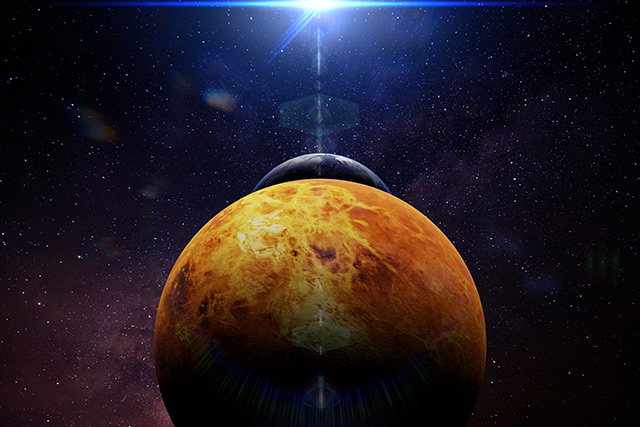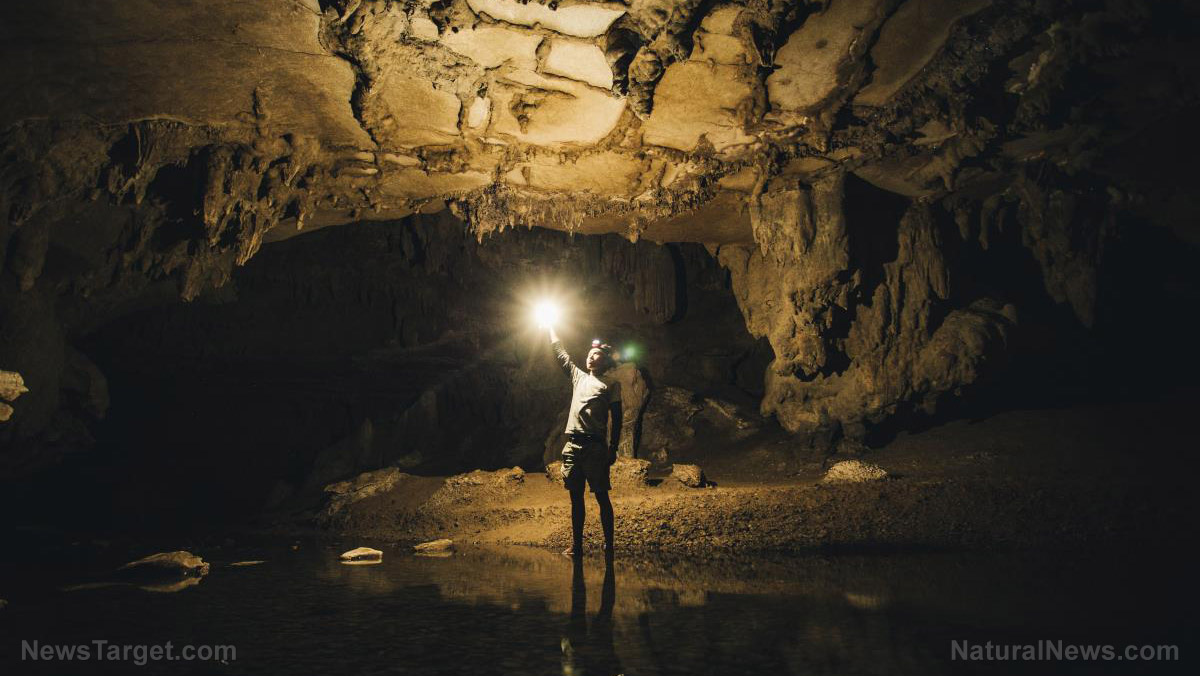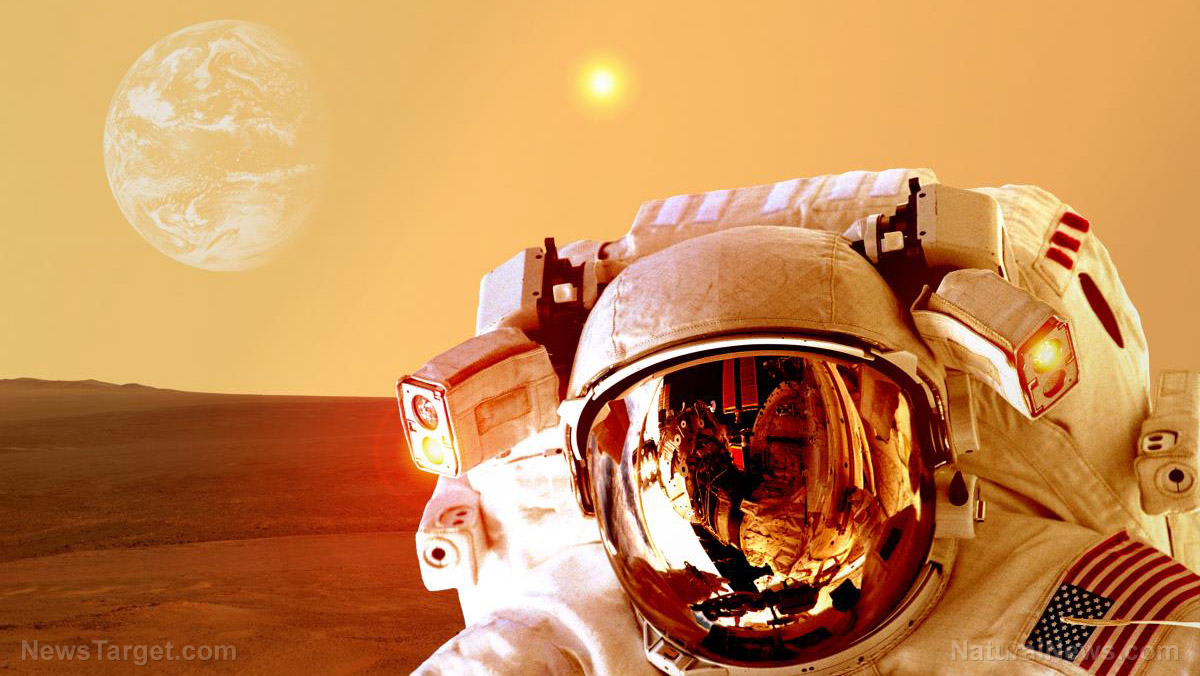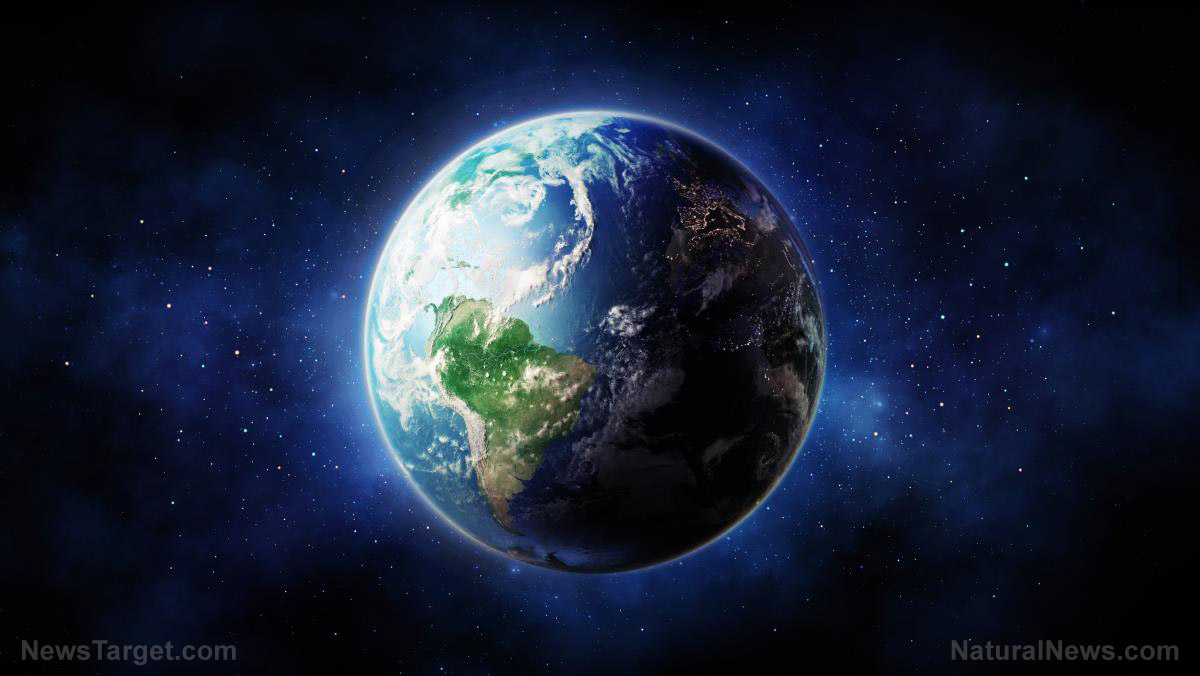New satellite will test whether magnets can be used to collect space debris
04/08/2021 / By Arsenio Toledo
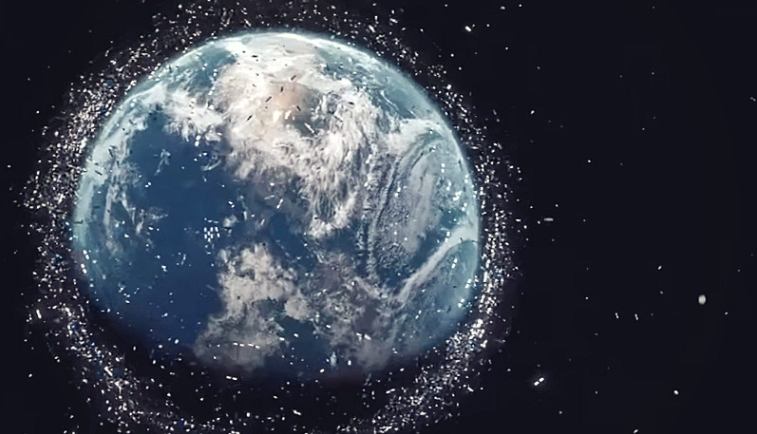
The mission to clean up space debris has begun. The world’s first satellite that uses magnets to gather up all of the trash floating around the Earth’s orbit was initially scheduled to launch in Mar. 20. Unfortunately, due to technical problems, the rocket that would have brought this satellite into space has been delayed.
The craft is known as End-of-Life Services-d (ELSA-d). It was made by Astroscale, a Japanese corporation whose goal is to mitigate the hazardous buildup of debris orbiting the Earth.
ELSA-d’s task is to perform a series of tests to figure out if the craft’s ability to retrieve space debris with a magnet is a viable option for future space trash collection missions.
The craft has two components: a servicer satellite that will collect the debris, and a smaller “client satellite.” The latter component is a piece of replica debris meant to simulate the kind of trash that future probes like ELSA-d will collect in space.
During the mission, the servicer satellite will repeatedly release the client satellite and then dock with it in a series of technical demonstrations.
These demonstrations will include a simulation of looking for the client satellite, meeting up with it, inspecting it and then docking with it. A “tumbling” demonstration will also be done, wherein the docked client satellite will come loose and the servicer has to catch it.
“This landmark mission will enable better-informed policy developments and drive the business case for on-orbit services such as end-of-life and active debris removal,” said Nobu Okada, founder and chief executive of Astroscale.
“This is an incredible moment, not only for our team but for the entire satellite servicing industry, as we work towards maturing the debris removal market and ensuring the responsible use of our orbits.” (Related: ESA to build garbage-collecting robot that cleans up space by hugging space debris and crashing.)
ELSA-d’s experiments will last for several months. Once it has completed its tests, it will burn up in the Earth’s atmosphere.
ELSA-d’s launch delayed due to technical concerns
ELSA-d was initially scheduled to blast off from the Baikonur Cosmodrome in Kazakhstan aboard a Russian Soyuz rocket on Mar. 20. Unfortunately, due to technical problems, Russian space agency Roscosmos decided to delay the rocket launch.
“The reasons are of a technical nature, which happens from time to time,” said a Roscosmos spokesperson on the space agency’s television channel on the day of the launch.
The Soyuz rocket that was supposed to launch is carrying ELSA-d, as well as 37 other satellites from 18 other nations. These nations are Argentina, Brazil, Canada, Germany, Hungary, Israel, Italy, Japan, the Netherlands, Russia, Saudi Arabia, Slovakia, South Korea, Spain, Thailand, Tunisia, the United Arab Emirates, and the United Kingdom.
The payload includes six nanosatellites, 24 “CubeSats,” which are a class of nanosatellites, seven small satellites and one 500-kilogram satellite from the South Korean space agency.
This satellite, known as CAS500-1 – short for Compact Advanced Satellite 500 – is a remote sensing satellite designed to be operated from a roughly 500-kilometer sun-synchronous orbit. Its purpose is to provide high-resolution color and multispectral imagery of the Earth.
Other payloads include three radio triangulation satellites from an Israeli university. British, Canadian, Dutch and Spanish companies have CubeSats and nanosatellites designed to help them establish data relay constellations.
Some of the other satellites will be tasked with making observations of the Earth. One Italian CubeSat will help Kenyan scientists track the migration of animals across the country’s national parks. A Brazilian CubeSat will collect data on the Earth’s magnetic field and ionosphere. A Japanese firm has four satellites that will be capable of capturing ultra-high-resolution images of the Earth.
The other satellites onboard the Soyuz rocket are designed to conduct experiments.
Learn more about recent developments in space technology by reading the latest articles at Space.news.
Sources include:
Tagged Under: Astroscale, breakthrough, ELSA-d, Japan, orbital debris, research, Roscosmos, science and technology, Soyuz, Space, space & tech, space debris
RECENT NEWS & ARTICLES
COPYRIGHT © 2017 SPACE.COM
All content posted on this site is protected under Free Speech. Space.com is not responsible for content written by contributing authors. The information on this site is provided for educational and entertainment purposes only. It is not intended as a substitute for professional advice of any kind. Space.com assumes no responsibility for the use or misuse of this material. All trademarks, registered trademarks and service marks mentioned on this site are the property of their respective owners.








